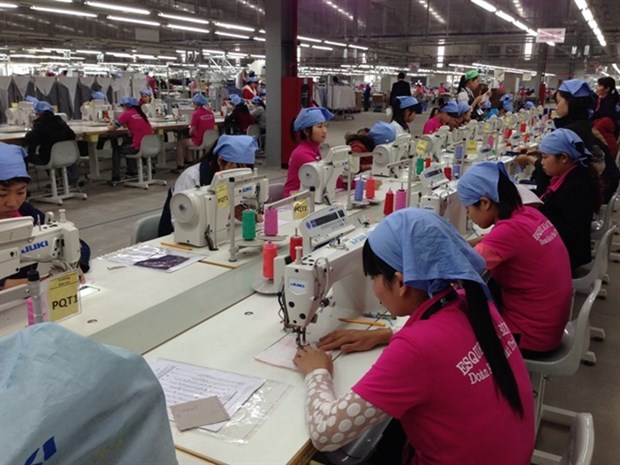CPTPP not proving a hit across the board
Viet Nam has been unable to gain export growth to all CPTPP member countries, according to the Ministry of Industry and Trade.
 |
| Illustrative image (Photo: baodautu.vn) |
A year since the Comprehensive and Progressive Agreement for Trans-Pacific Partnership (CPTPP) came into effect, Viet Nam had seen strong growth in exports to some CPTPP member countries, but not all.
In 2019, export value surged by 28.2 percent year on year to 3.86 billion USD to Canada, 26.8 percent to 2.84 billion USD to Mexico, 20.5 percent to 1 billion USD to Chile and 40 percent to 350 million USD to Peru.
Viet Nam had a slight increase at 1.1 percent in export value to Singapore and faced export value reduction to some other CPTPP countries, such as Australia (down 12 percent to 3.5 billion USD) and Malaysia (down 3 percent to 3.3 billion USD).
Vu Tien Loc, Chairman of the Viet Nam Chamber of Commerce and Industry (VCCI), said the first impact of the CPTPP for Viet Nam was to accelerate reform in institutions, meeting requirements of the global economy and trade.
However, in a VCCI survey of 8,600 local enterprises, up to 70 percent of them had little knowledge of the CPTPP.
This survey has also pointed out that 84 percent of the enterprises lacked information about the commitments in the free trade agreement.
Meanwhile, textile, footwear, fisheries and wooden products were considered commodities that would have a lot of opportunities to boost exports thanks to tariff rules in the agreement, but it hasn't turned out that way.
Le Tien Truong, General Director of the Viet Nam National Textile and Garment Group (Vinatex), said the textile and garment industry has not taken full advantages from the CPTPP to increase exports because of issues meeting rules of origin in the agreement.
This agreement requires certification on local origin from yarn onward to enjoy preferential tariffs, while the domestic textile and garment industry annually imports about 99 percent of cotton and 80 percent of fabric for its production, he said.
According to the Import-Export Department, in 2019, the textile and garment industry spent 13.3 billion USD on fabric imports, up 4 percent year on year, 2.4 billion USD on yarn imports and 2.6 billion USD on cotton imports.
The industry achieved a total export value of 39 billion USD in 2019, lower than expected.
Vu Duc Giang, Chairman of the Viet Nam Textile and Apparel Association (Vitas) admitted importing input materials has made local producers struggle to take advantage of free trade agreements like the CPTPP.
Giang was quoted by Dau tu (Investment) newspaper as saying that the biggest challenge for the textile industry was input materials, because it still has to import materials for annual production.
The industry needs the Government’s help to build industrial clusters on production of materials for the textile and garment industry, he said.
(Source: VNA)